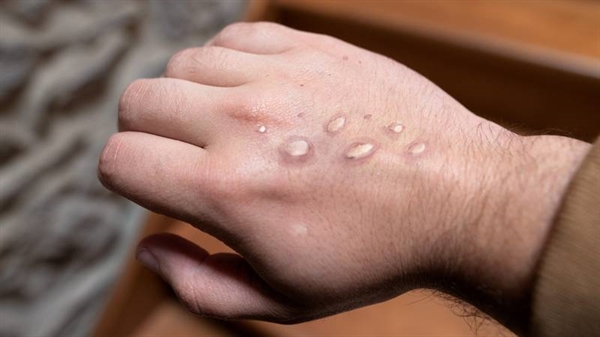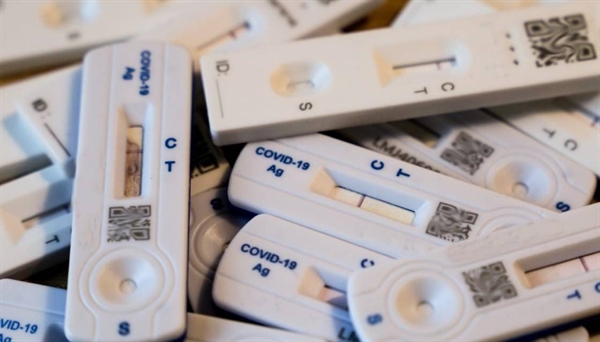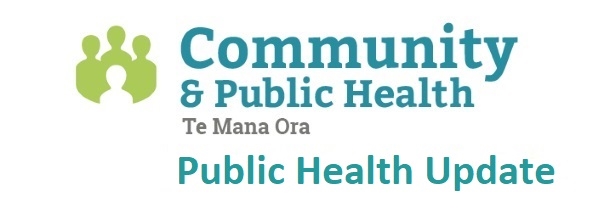6 October 2022
Hepatitis A outbreak

Since 28 June 2022 twelve locally acquired cases of hepatitis A associated with frozen berry consumption have been identified across New Zealand, including two in the past week. Seven (58%) cases were hospitalised. The median age of those hospitalised was 22 years.
Eleven of the cases were infected with a virus strain identical to that from a hepatitis A outbreak in Sweden in 2020 and 2021 linked to frozen berries, with a possible connexion to a producer in Serbia, and all 12 New Zealand cases have reported significant consumption of uncooked imported frozen berries. There have been four linked cases in Canterbury.
Foodstuffs has initiated a consumer-level recall for specific varieties of Pam’s brand frozen berries containing raspberries sourced from Serbia. Details of the recalled products are published on the MPI website here.
Hepatitis A is a viral illness spread by the faecal-oral route. Following a prodrome that may include fever, malaise, anorexia, nausea or abdominal discomfort, there is jaundice, and sometimes an enlarged tender liver. Infection may be indicated by the presence of elevated serum aminotransferase levels. Children are often asymptomatic and occasionally present with atypical symptoms, including diarrhoea, cough, coryza or arthralgia. Jaundice is very unusual in children younger than 4 years, and 90 percent of cases in the 4–6 years age group are anicteric. Diagnosis is by serology. Cases should be notified on suspicion.
Monkeypox

Two new cases of monkeypox were reported in Auckland in the past week, bringing the national total to 11 cases, including three cases in Canterbury. Nine cases acquired their infection overseas, but the two recent cases are the result of local transmission. Today's media release about the two new Auckland cases is here.
Australia has had 136 monkeypox cases, with some local transmission reported. Globally, including in Australia, the number of new notifications has continued to slow since the end of August.
COVID-19

New reported COVID-19 cases have been fairly stable in the Te Mana Ora districts over the last three weeks, with around 1100 new cases reported each week across Waitaha, South Canterbury, and Te Tai o Poutini. The Ministry of Health’s weekly COVID-19 Trends and Insights Report is now available online, and includes regional breakdowns of case numbers, as well as wastewater sampling results.
Last week the Ministry of Health released an analysis of COVID-19 mortality and inequities in New Zealand. Key messages include:
- From January to August 2022, 34 in every 100,000 New Zealanders died due to COVID-19. Our death toll has been far lower than that experienced in other countries such as the USA and UK, both having around 300 in every 100,000 people die due to COVID-19.
- While age is the strongest predictor of COVID-19 mortality, ethnicity and deprivation are also strong predictors, with Māori and Pacific peoples having more than twice the risk of death compared with European and Other groups.
- People with comorbidities had more than six times the risk of dying than those without comorbidities, and almost all those under the age of 60 who died had an underlying health condition.
- Vaccination provided substantial protection, and having two or more doses of a vaccine reduced the risk of death by 62 percent compared with having fewer than two doses. (The specific protective effect of boosters is to be addressed in a future report, but appears to be substantial.)
|




